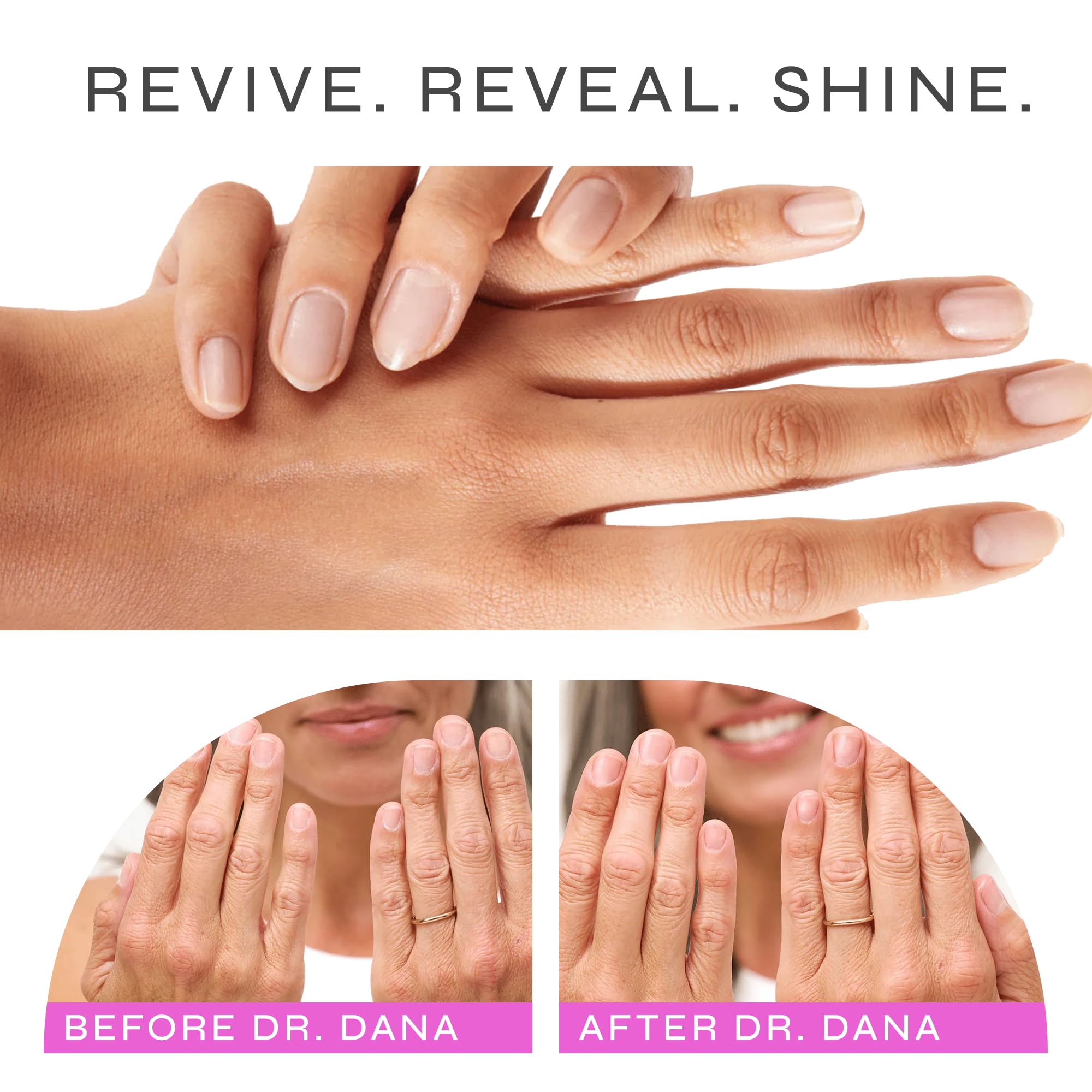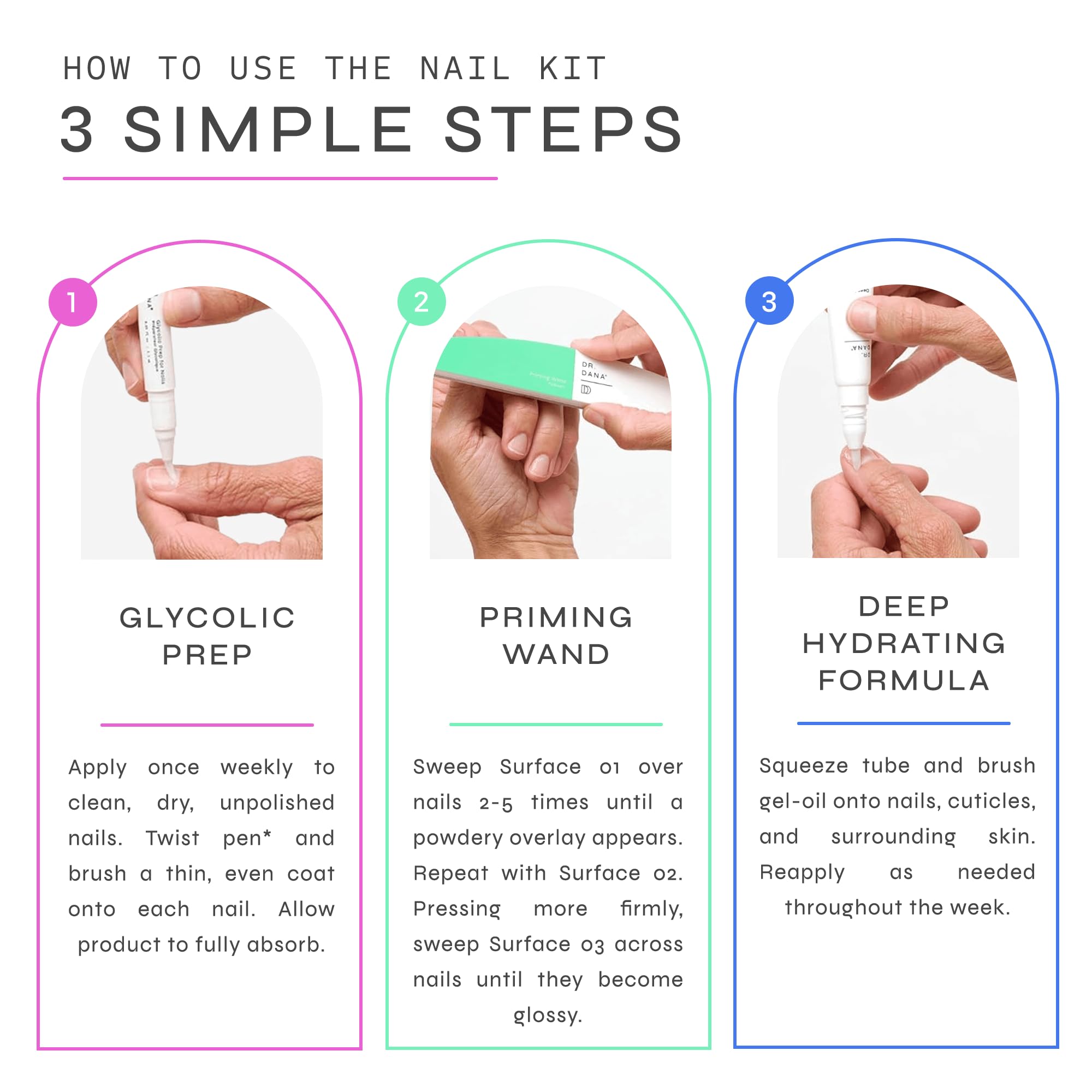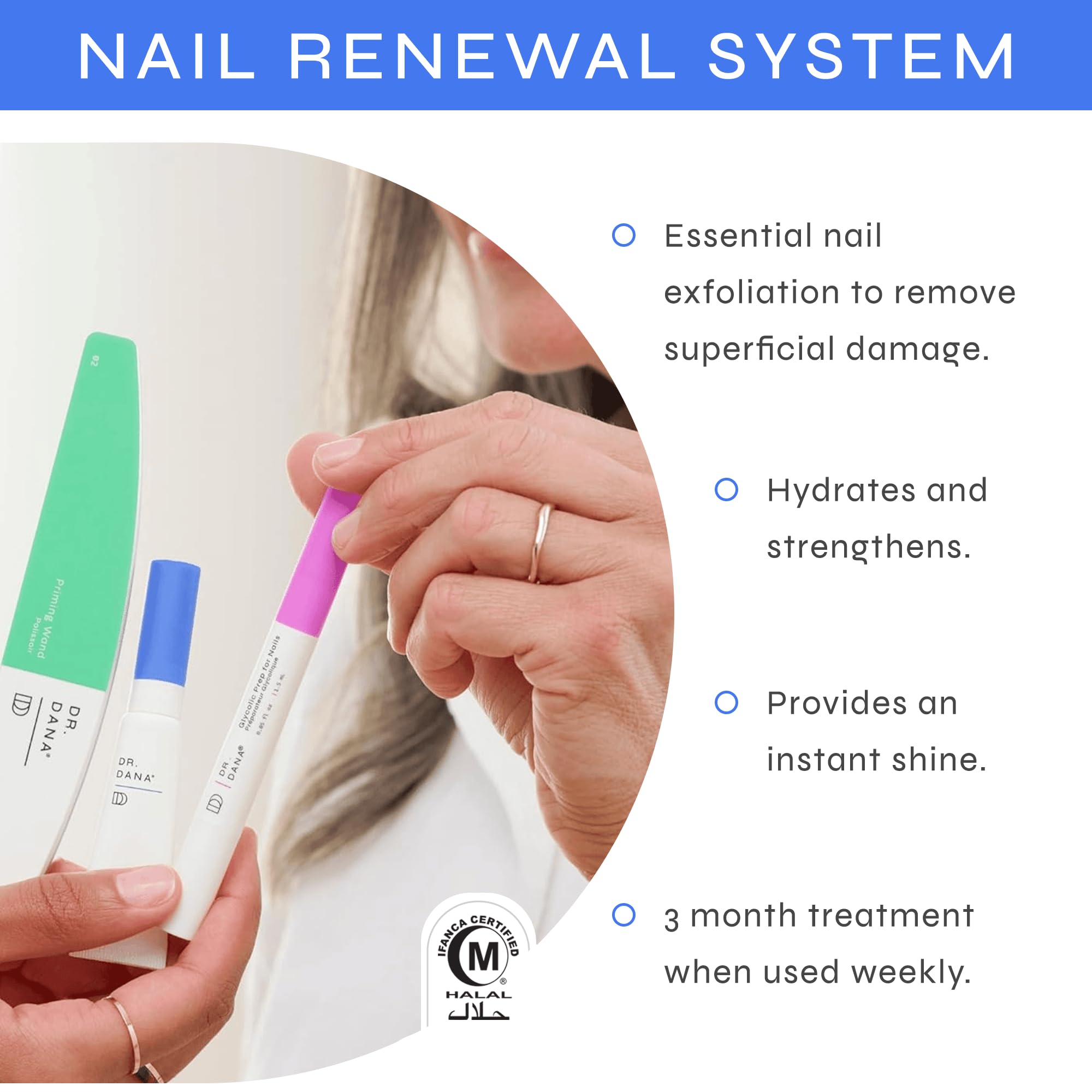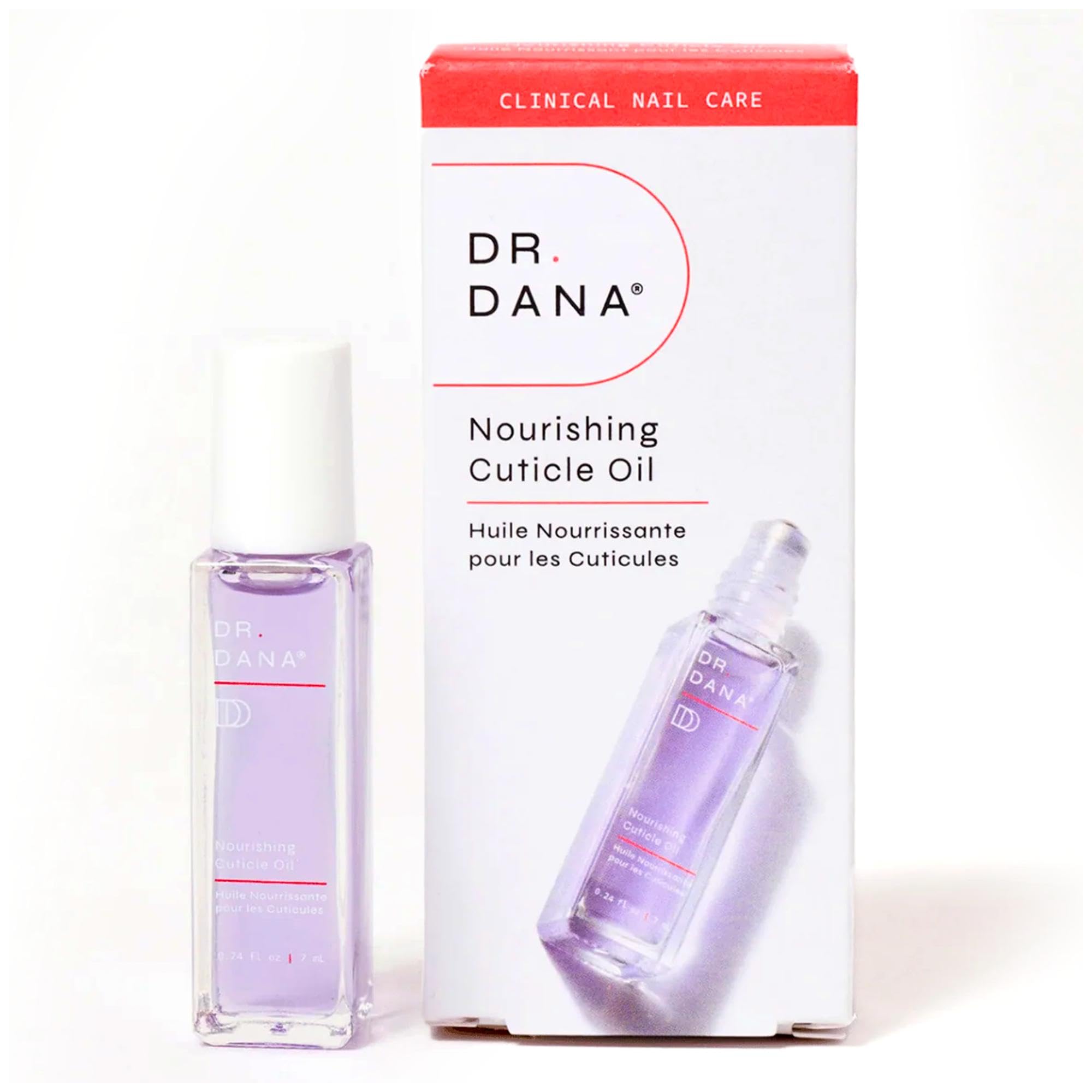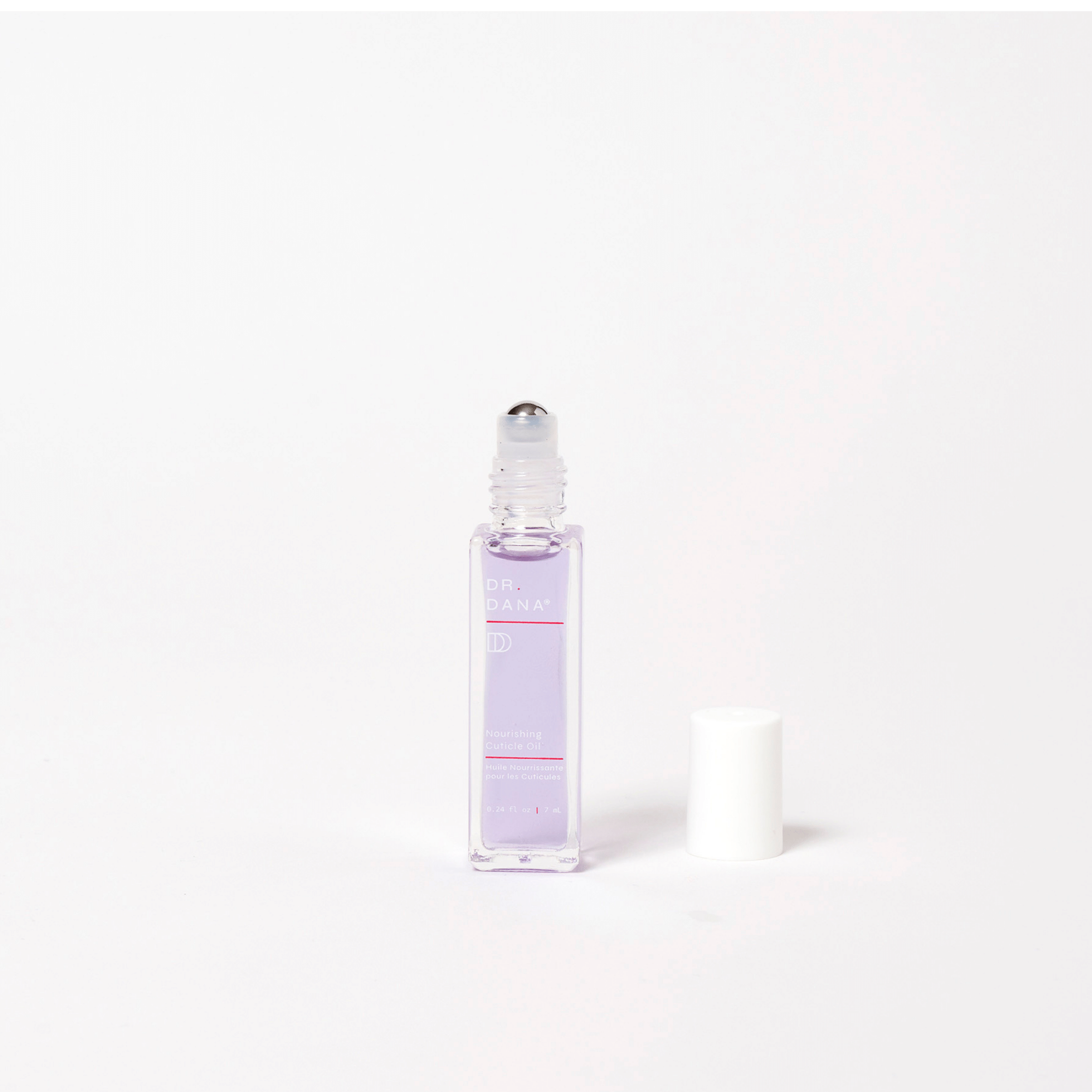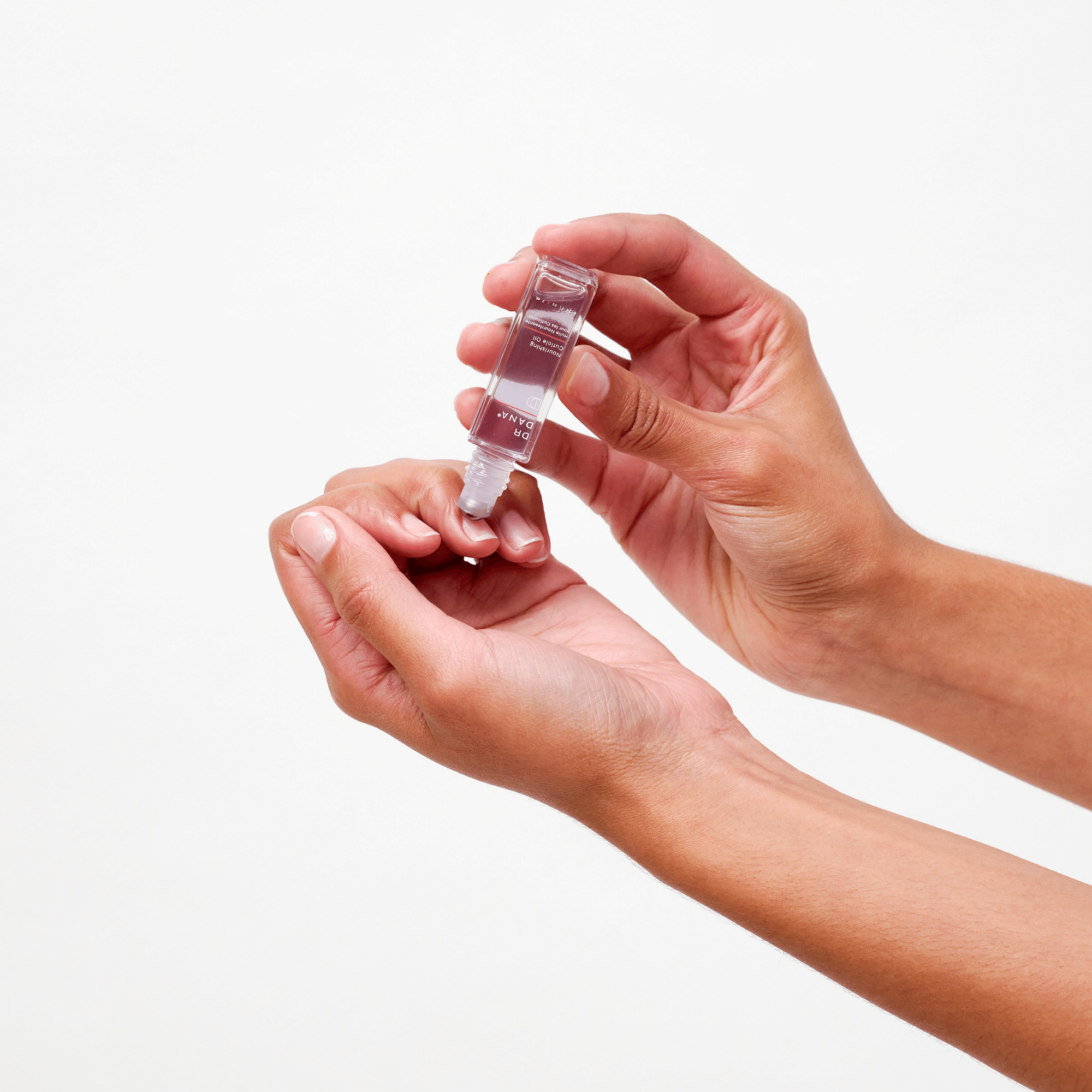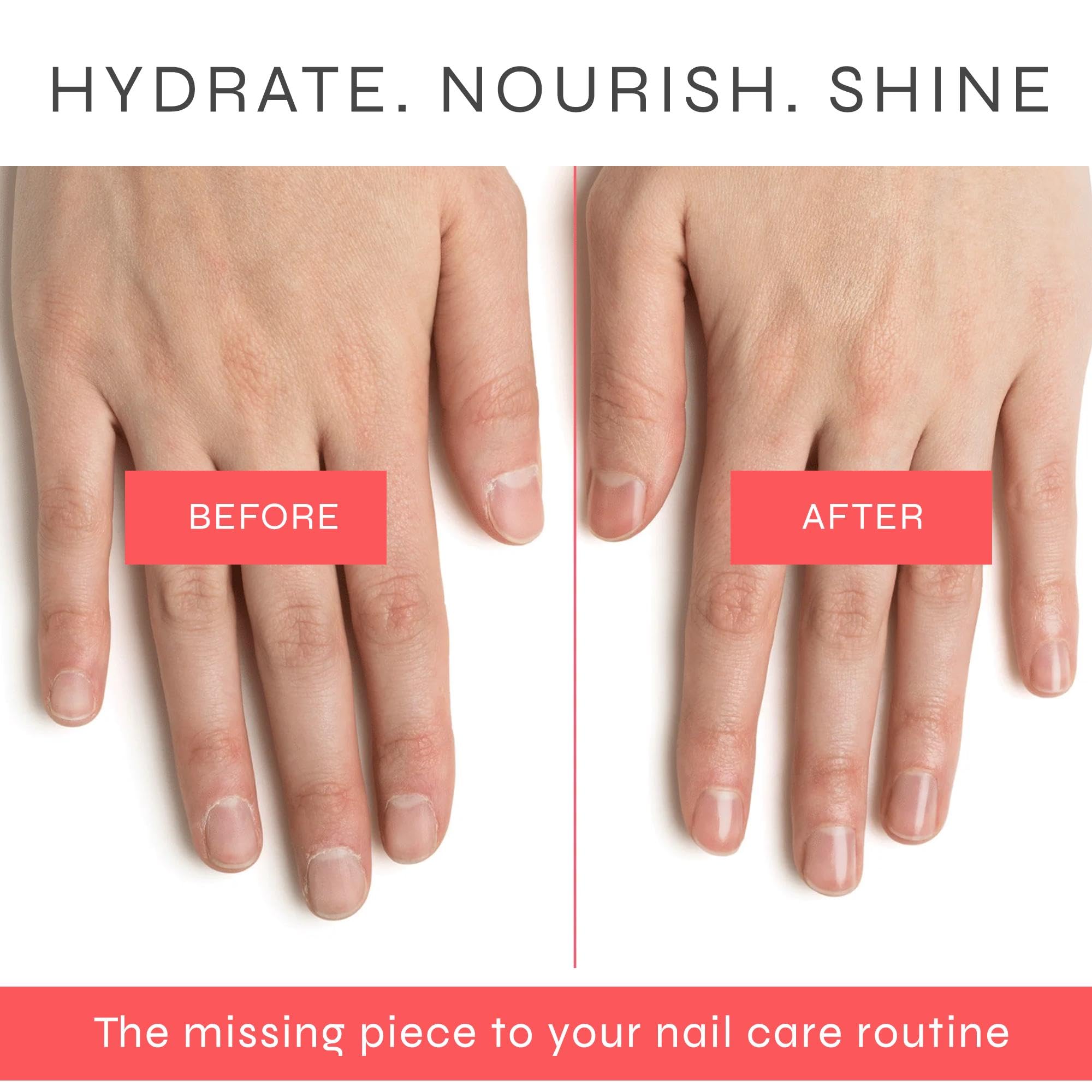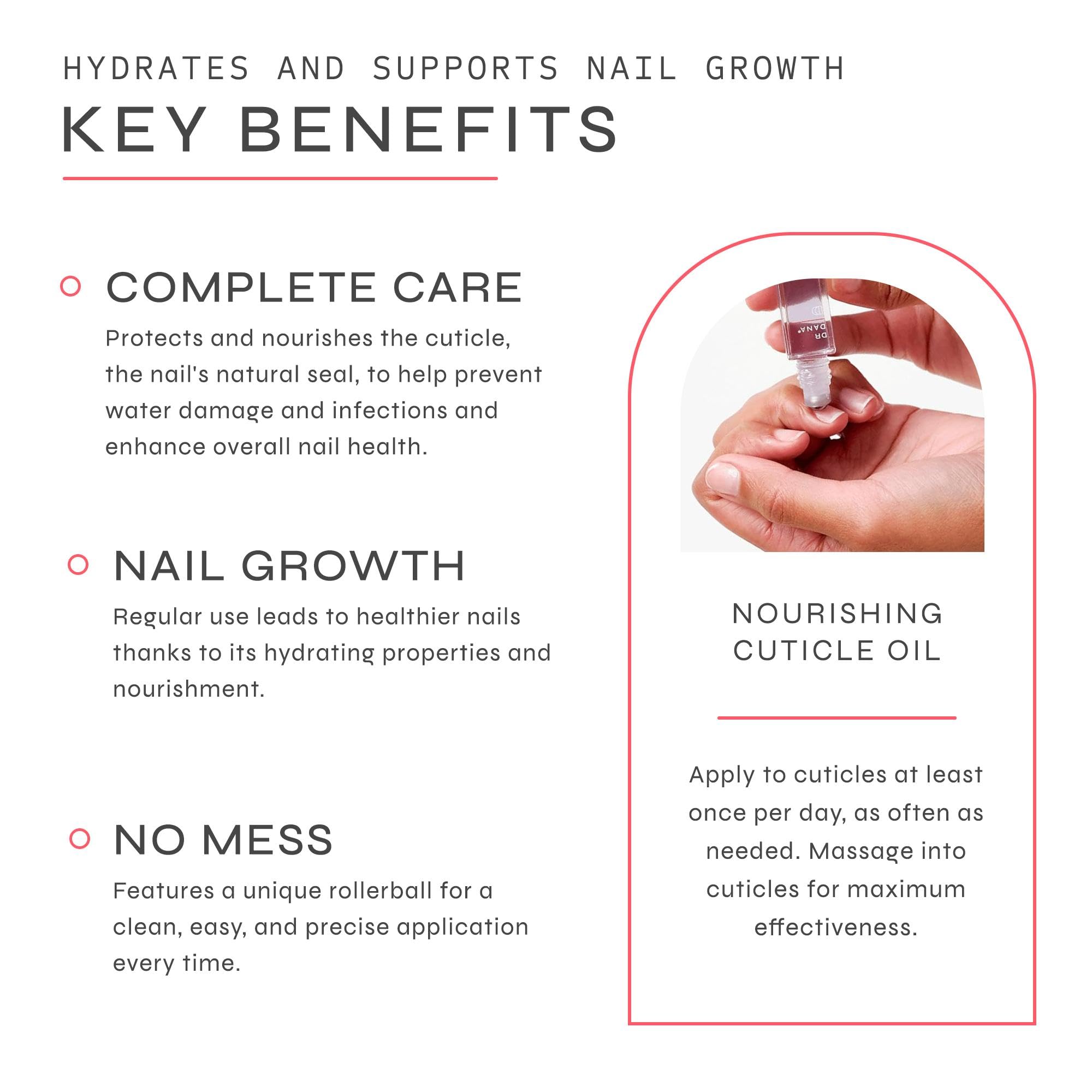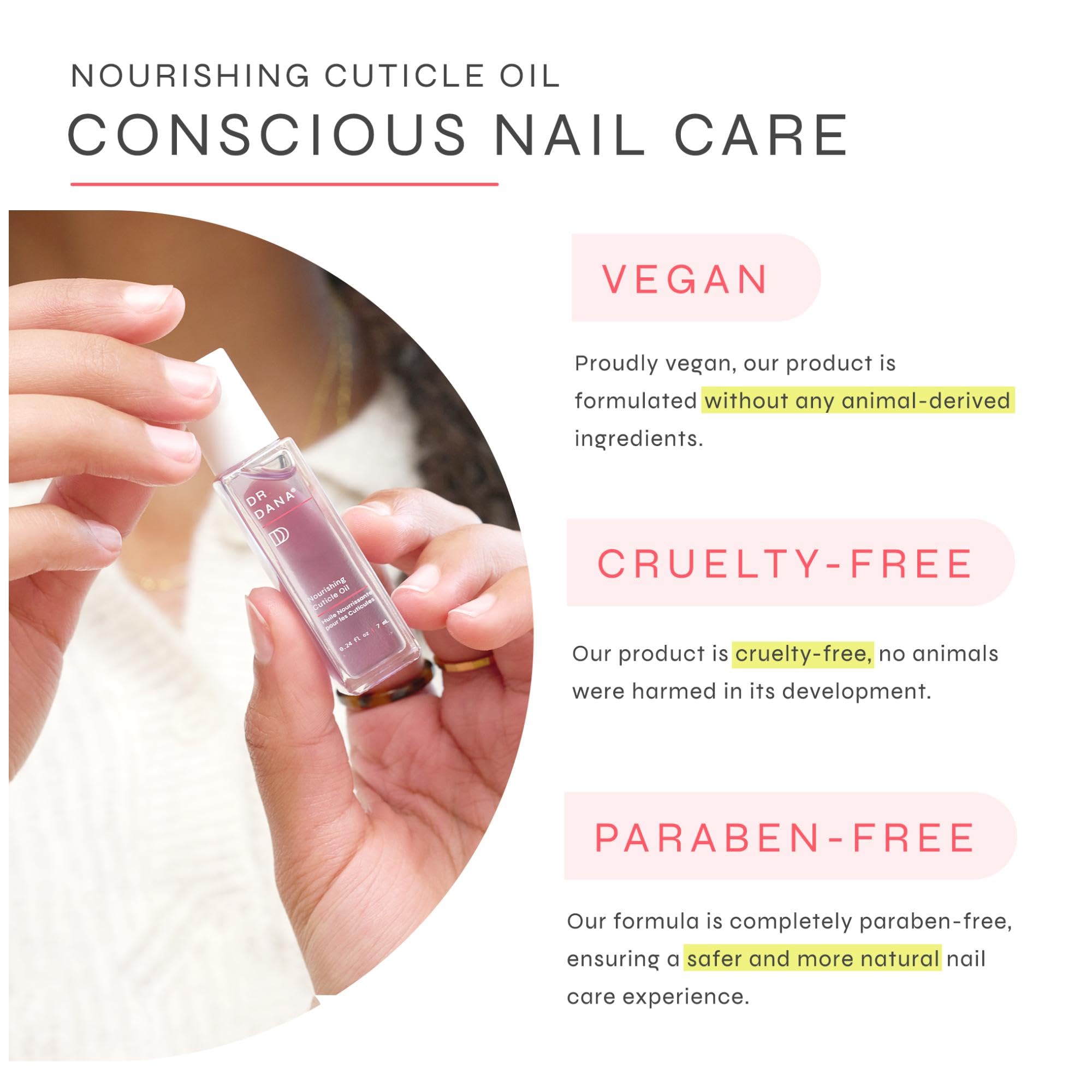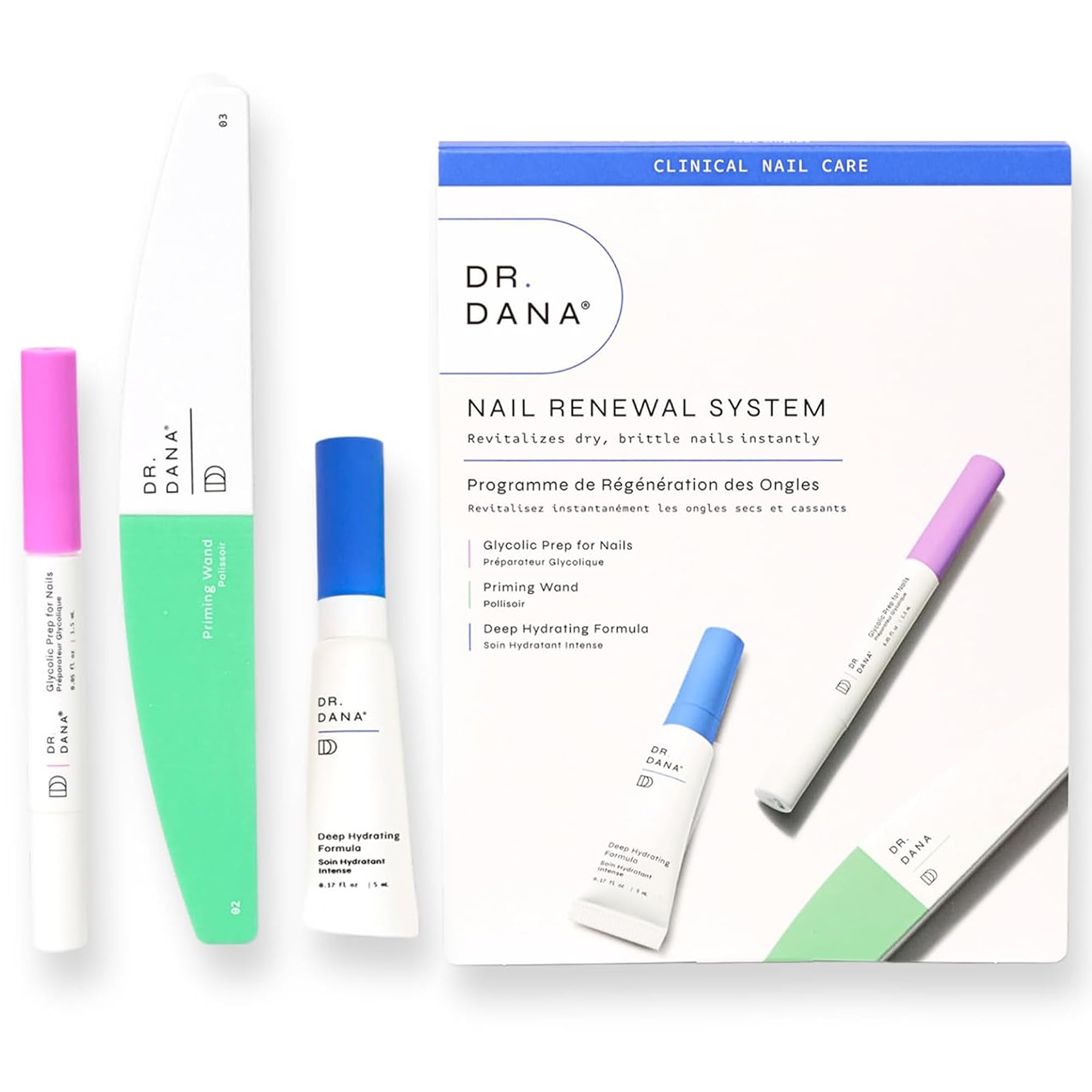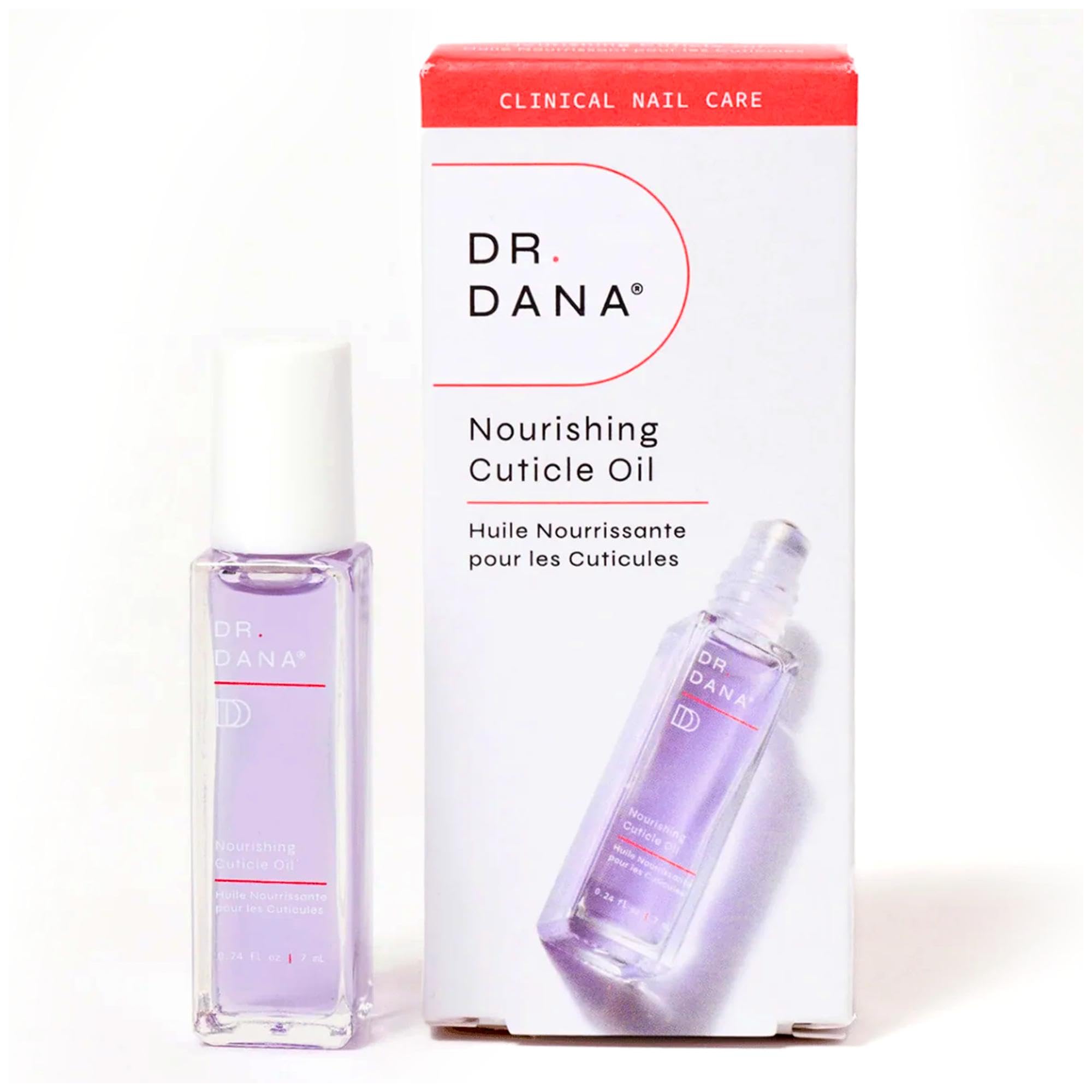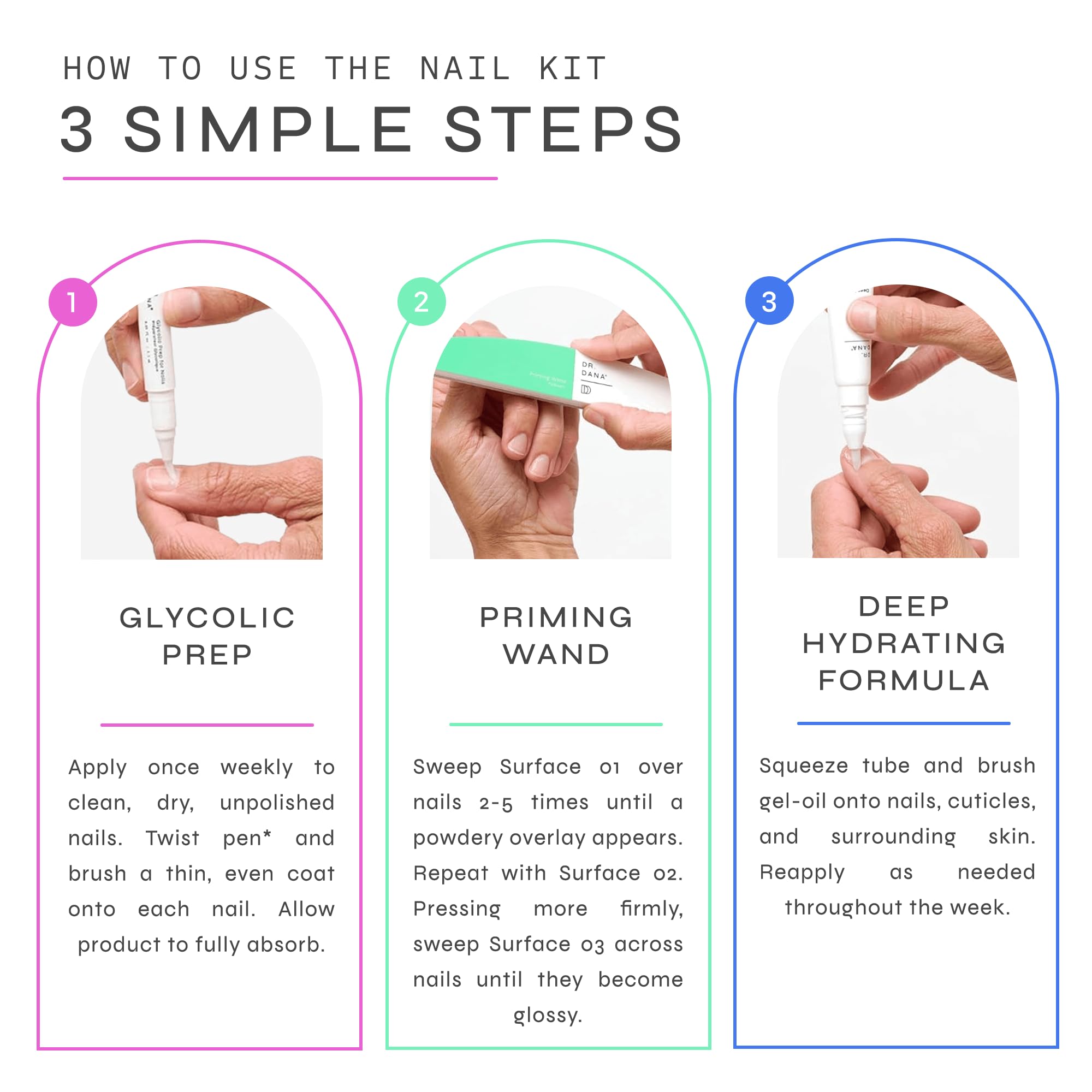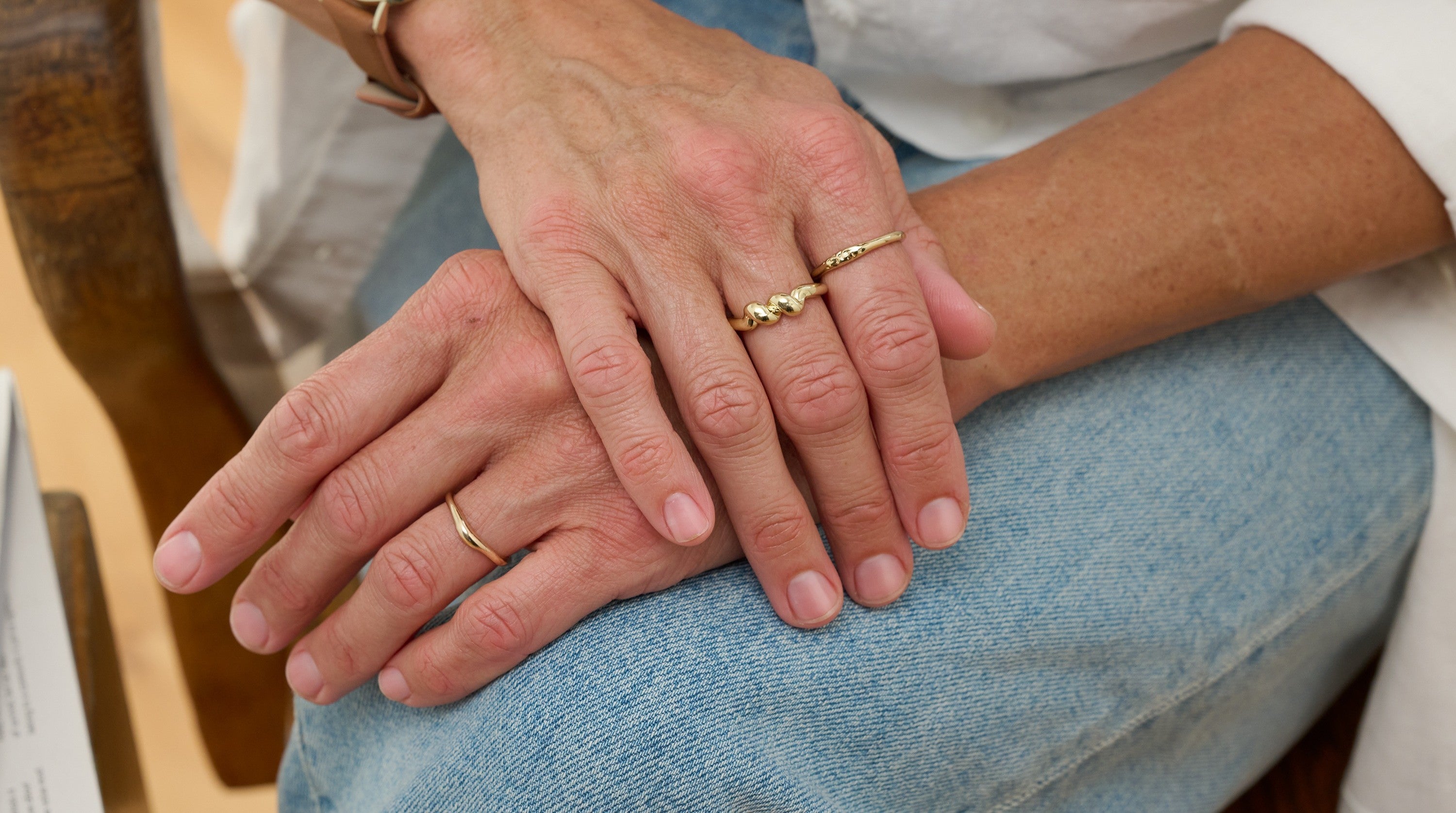Understanding White Spots on Nails
Many individuals notice small white marks on their nails and assume they indicate calcium deficiency. This is a misconception. These white areas are not related to mineral or nutrient levels.
White spots, known medically as punctate leukonychia, are one of the most common nail findings dermatologists see. The good news is that in most cases, they are completely harmless.
The Real Cause Behind White Spots on Nails
The most common reason for white spots to show up on your nails is minor trauma to the cuticle area, which is the base of your nail where new growth begins. Even small, unnoticed injuries can temporarily disrupt the nail matrix, which is the nail-producing center beneath the skin.
This type of trauma can happen from:
- Aggressive cuticle pushing or trimming
- Overuse of electric nail files
- Repeated manicures or salon tools that press too hard
When the matrix is injured, it leaves behind small white spots that move outward as your nail grows.
Dr. Dana explains:
“These patches are common in young children, since their nails are thinner and they’re more prone to bumping or pressing on the cuticle area. The good news is, these marks grow out over time. They are not permanent or serious.”
Other Possible Causes of White Spots
While trauma is the most common reason, there are a few other potential causes of nail whitening to know about:
- Keratin granulations: Chalky, uneven white patches that often appear after wearing polish for long periods. Nail dehydration and keratin buildup from prolonged polish wear or harsh removers cause them.
- Mild fungal infection: Some fungal nail infections can cause small, white opaque areas that slowly spread.
- Psoriasis or eczema: Chronic skin conditions can affect the nail plate, creating white discoloration, pitting, or uneven texture.
If the white spots do not grow out, or if your nails start thickening, crumbling, or separating from the nail bed, schedule a visit with a dermatologist.
Restoring a Smooth and Healthy Nail Surface
Nails that have experienced trauma or dehydration benefit from gentle exfoliation and consistent hydration. The Dr. Dana Nail Renewal System, was developed by a board-certified dermatologist to exfoliate, hydrate, and strengthen nails using both chemical and physical renewal steps.
Here’s how it works:
- Step 1: Glycolic Prep – Provides gentle chemical exfoliation to smooth and resurface the nail.
- Step 2: Priming Wand – Delivers physical exfoliation to remove surface damage and dullness.
- Step 3: Hydrating Formula – Infuses the nail with plant-based hydrators that strengthen and restore shine.
Used regularly, this system helps improve nail texture, reduce unevenness, and promote smoother, more resilient nails without polish or harsh treatments.
Signs It’s Time to Get Checked
Again, most white marks on nails are harmless and grow out naturally as your nails renew. However, you may consider booking an appointment with a dermatologist if you notice any of the following:
- White patches that do not move as the nail grows
- Thick, brittle, or discolored nails
- Pain, swelling, or detachment from the nail bed
A dermatologist can determine whether the spots are due to trauma or another cause such as fungal infection or psoriasis, then recommend targeted treatment.
FAQs About White Spots on Nails
What is the typical timeframe for white spots on nails to resolve?
As the nail grows, the affected area moves distally and is trimmed away. Fingernails generally require four to six months for complete regrowth, while toenails may require up to twelve months.
How can white spots on nails be prevented?
Avoid aggressive cuticle manipulation, keep nails hydrated, and schedule regular polish-free intervals to limit dehydration.
Do white spots indicate a vitamin or mineral deficiency?
No. Evidence does not support an association between punctate leukonychia and calcium or zinc deficiency. The finding is most commonly associated with mechanical trauma.
Are white spots infectious?
In most cases, they are not. If patches spread, thicken, or show scaling, a clinician should assess the possibility of a superficial fungal infection.
Which treatments improve the appearance of affected nails?
Dermatologist-developed regimens such as the Dr. Dana Nail Renewal System support smoother texture and healthier growth through controlled exfoliation and hydration as the nail advances.
Common Myths About White Spots on Nails
Myth 1: White spots mean you have a calcium deficiency.
This is one of the most widespread misconceptions. Scientific evidence shows that white spots on nails are not linked to calcium or any other mineral deficiency. They are typically the result of minor trauma to the nail matrix or surface dehydration.
Myth 2: White spots are permanent.
White spots are temporary and grow out with the nail. As the nail plate regenerates, the discolored area is gradually replaced by new, healthy growth.
Myth 3: Only adults experience white spots.
White spots are common in both children and adults. They appear more often in children because their nails are thinner and more vulnerable to minor injuries.





